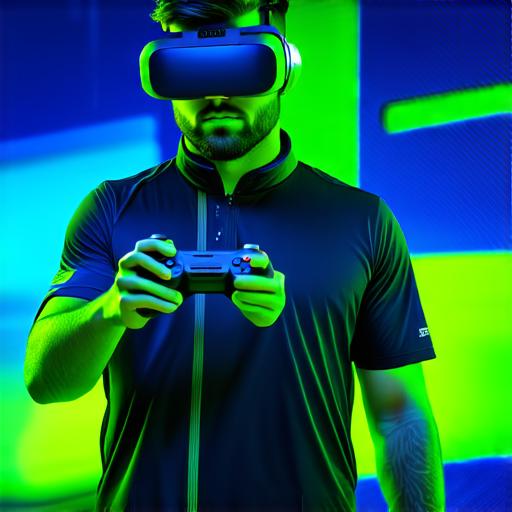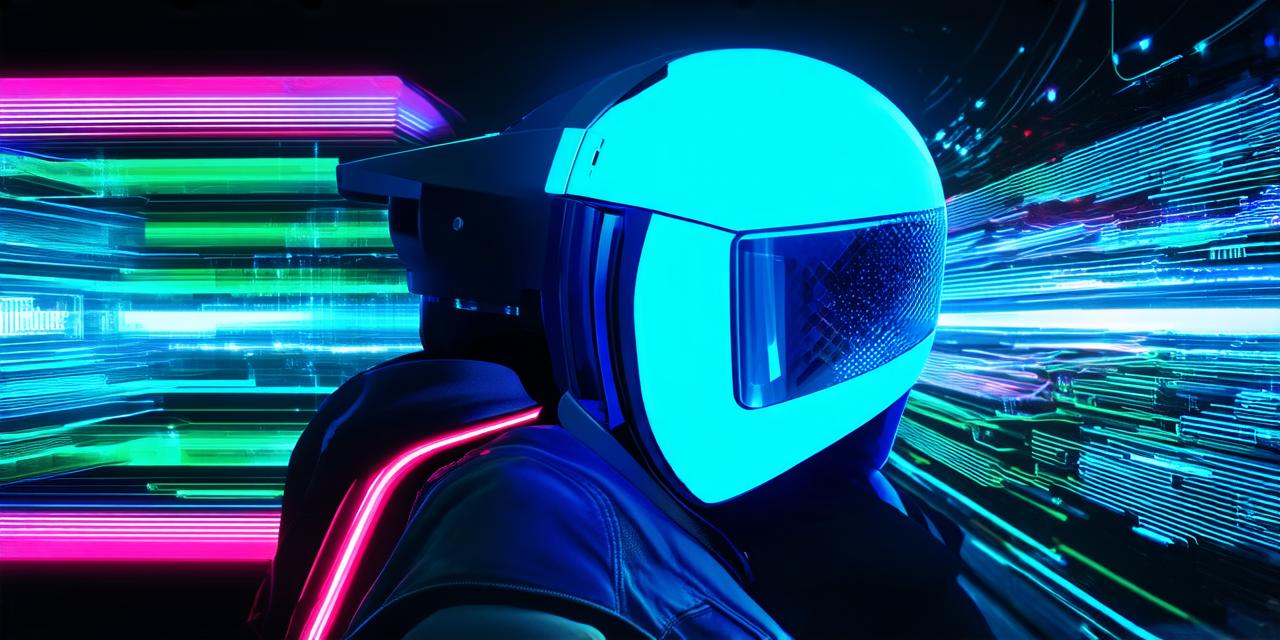Virtual reality (VR) has been a buzzword in tech circles for decades. It’s a technology that promises to change the way we interact with digital environments, allowing us to immerse ourselves in new and exciting experiences. But is VR really a real technology? In this article, we will explore the current state of virtual reality and examine its potential as a development tool.
What is Virtual Reality?
Virtual reality is an immersive computing experience that simulates physical presence in a computer-generated environment. It typically involves wearing a headset or other wearable device, which projects stereoscopic displays onto the user’s eyes, creating the illusion of depth and distance in a digital world.
The History of Virtual Reality
Virtual reality technology can be traced back to the 1960s, when researchers began experimenting with ways to simulate sensory experiences using computers. In the decades that followed, advances in hardware and software made it possible to create more realistic simulations, and virtual reality became increasingly popular as a tool for entertainment and training.

Virtual Reality vs. Augmented Reality
It’s important to note that virtual reality is distinct from augmented reality (AR), which is another immersive technology. AR involves overlaying digital information onto the real world, typically using a smartphone or tablet. While both technologies have their own unique applications, VR is generally considered to be more immersive and interactive than AR.
The Potential of Virtual Reality for Developers
Virtual reality has the potential to revolutionize the way we develop software and applications. By allowing users to experience digital environments in a more natural and intuitive way, VR can make it easier to design and test products that are more user-friendly and effective. Here are some examples of how virtual reality is being used in development:
1. Training and Simulation
Virtual reality is increasingly being used as a tool for training and simulation. For example, medical students can use VR simulations to practice surgeries and emergency procedures, while military personnel can use VR simulations to prepare for real-world missions. These simulations provide a safe and controlled environment for users to learn and improve their skills, without the risk of injury or damage to equipment.
2. Product Design and Prototyping
Virtual reality is also being used by designers and engineers to create and test prototypes of products. By allowing users to see and interact with their designs in a 3D environment, VR can help them identify potential problems and make adjustments before the final product is produced. This can save time and money, and help ensure that products are designed to meet the needs and expectations of users.
3. Gaming and Entertainment
Virtual reality is perhaps best known as a tool for gaming and entertainment. Games and experiences created for VR provide a level of immersion that traditional games cannot match, allowing users to feel like they are truly part of the digital world. This has led to the creation of a wide range of VR games, from action-packed adventure titles to educational simulations.
4. Education and Learning
Virtual reality is also being used in education and learning. By providing students with immersive experiences that allow them to explore and interact with digital environments, VR can help make learning more engaging and effective. For example, history students can use VR simulations to tour ancient cities and see how they were built, while science students can use VR simulations to explore complex concepts like physics and biology.
The Future of Virtual Reality
The future of virtual reality is uncertain, but it’s clear that this technology has the potential to continue disrupting and transforming industries. As hardware and software improve, we can expect to see more advanced VR experiences, with even greater levels of immersion and interactivity. This could lead to new applications in fields like healthcare, education, and entertainment, as well as new opportunities for developers to create innovative and engaging products.
In conclusion, virtual reality is a real technology that has the potential to revolutionize the way we develop software and applications. While there are still challenges to overcome, such as improving hardware and software capabilities, the potential benefits of VR are clear. As this technology continues to evolve, we can expect to see exciting new uses for it in the future.
